The Human Body in Health and Illness E Book 6th Edition, (Ebook PDF)
Visit to download the full and correct content document: https://ebookmass.com/product/the-human-body-in-health-and-illness-e-book-6th-edit ion-ebook-pdf/

More products digital (pdf, epub, mobi) instant download maybe you interests ...
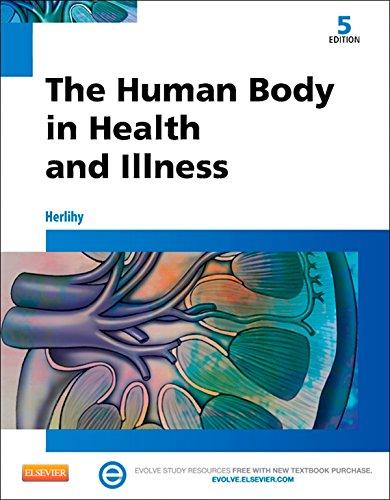
The Human Body in Health and Illness E Book 5th Edition, (Ebook PDF)
https://ebookmass.com/product/the-human-body-in-health-andillness-e-book-5th-edition-ebook-pdf/

The Human Body in Health and Illness 7th Edition Barbara Herlihy
https://ebookmass.com/product/the-human-body-in-health-andillness-7th-edition-barbara-herlihy/
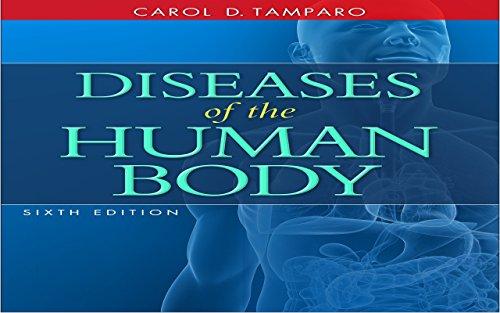
Diseases of the Human Body, 6th edition 6th Edition, (Ebook PDF)
https://ebookmass.com/product/diseases-of-the-human-body-6thedition-6th-edition-ebook-pdf/

Leading and Managing in Nursing E Book 6th Edition, (Ebook PDF)
https://ebookmass.com/product/leading-and-managing-in-nursing-ebook-6th-edition-ebook-pdf/
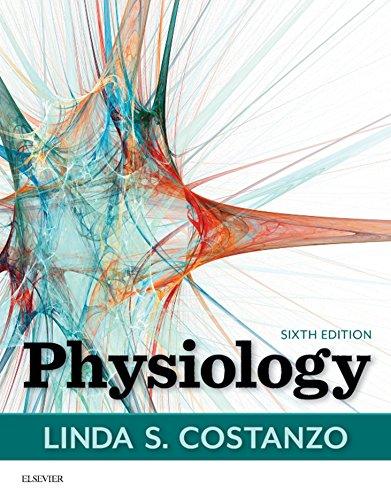
Physiology E Book 6th Edition, (Ebook PDF)
https://ebookmass.com/product/physiology-e-book-6th-editionebook-pdf/
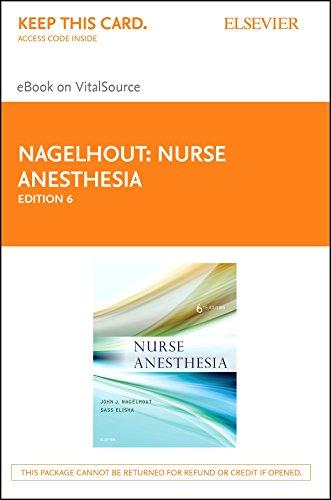
Nurse Anesthesia E Book 6th Edition, (Ebook PDF)
https://ebookmass.com/product/nurse-anesthesia-e-book-6thedition-ebook-pdf/
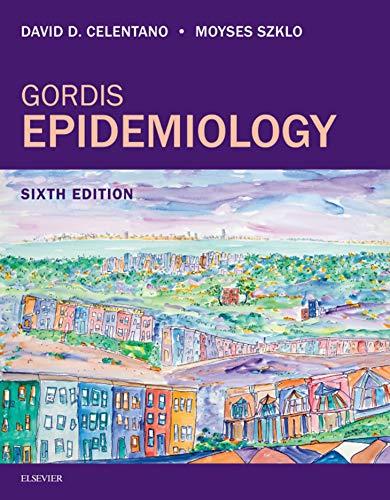
Gordis Epidemiology E Book 6th Edition, (Ebook PDF)
https://ebookmass.com/product/gordis-epidemiology-e-book-6thedition-ebook-pdf/

The Sociology of Health, Illness, and Health Care: A Critical Approach 8th Edition Weitz
https://ebookmass.com/product/the-sociology-of-health-illnessand-health-care-a-critical-approach-8th-edition-weitz/
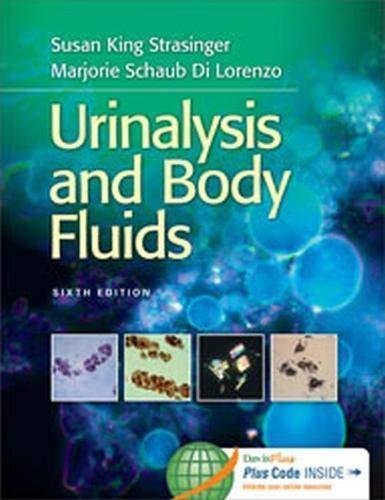
Urinalysis and Body Fluids 6th Edition
https://ebookmass.com/product/urinalysis-and-body-fluids-6thedition/

Tissue Repair
Membranes
Chapter 7. Integumentary System and Body Temperature
Functions of the Integumentary System
Structure of the Skin
Layers of the Skin
Skin Color
Accessory Structures of the Skin
Hair
Nails
Glands
Body Temperature
Heat Production
Heat Loss
Regulation
When Skin Is Burned
A Note About Skin Care
Chapter 8. Skeletal System
Arrangement and Functions of Bones
The Skeletal System: What It Does
Many Sizes and Shapes of Bones
Bone Tissue and Bone Formation
Compact and Spongy Bone
Long Bones
Ossification
Growing Bones
Divisions of the Skeletal System
Axial Skeleton
Appendicular Skeleton
Joints (Articulations)
Joint Classification
Naming Joints
Moving Synovial Joints
Clinically “Big” Synovial Joints
Chapter 9. Muscular System
Types and Functions of Muscles
Skeletal Muscle
Smooth Muscle
Cardiac Muscle
Structure of the Whole Muscle
Layers of Connective Tissue
Muscle Attachments
Structure and Function of a Single Muscle Fiber
How Muscles Contract
The Role of Calcium and Adenosine Triphosphate
Skeletal Muscles and Nerves
The Motor Unit
The Neuromuscular Junction
Muscle Responses
Energy Source for Muscle Contraction
Muscle Fatigue
Muscle Terms
Prime Mover, Synergist, and Antagonist
Muscle Overuse and Underuse Terms
How Skeletal Muscles are Named
Size
Shape
Orientation of Fibers
Location
Number of Origins
Origin and Insertion
Muscle Action
Muscles From Head to Toe
Muscles of the Head
Muscles of the Neck
Muscles of the Trunk
Muscles of the Shoulder (Pectoral) Girdle and Arm
Muscles That Move the Forearm
Muscles That Move the Wrist, Hand, and Fingers
Muscles That Move the Thigh, Leg, and Foot
Muscles That Move the Leg
Muscles That Move the Foot
Chapter 10. Nervous System: Nervous Tissue and Brain
The Nervous System: Structure and Function
Divisions of the Nervous System
Functions of the Nervous System
Cells That Make Up the Nervous System
Neuroglia
Neuron
White Matter Versus Gray Matter
The Neuron Carrying Information
The Nerve Impulse: What It Is
The Nerve Impulse: What Causes It
The Nerve Impulse: What Causes It to Move
The Nerve Impulse: What Causes It to Move Quickly
Synapse Across Neurons
Parts of a Synapse
Events at the Synapse
Brain: Structure and Function
Cerebrum
Diencephalon
Brain Stem
Cerebellum
Structures Across Divisions of the Brain
Protecting the Central Nervous System
Bone: First Layer of Protection
Meninges: Second Layer of Protection
Cerebrospinal Fluid: Third Layer of Protection
Blood–Brain Barrier: Fourth Layer of Protection
Chapter 11. Nervous System: Spinal Cord and Peripheral Nerves
What the Spinal Cord Is
Gray on the Inside, White on the Outside
What the Spinal Cord Does
Reflexes
The Reflex Arc
Many, Many Reflexes
Peripheral Nervous System
Nerves
Classifying the Peripheral Nervous System
Spinal Nerves Attached to the Spinal Cord
Chapter 12. Autonomic Nervous System
Autonomic (Visceral) Reflexes
Pathway
Organization and Function of the Autonomic Nervous System
Autonomic Tone and Vasomotor Tone
Autonomic Nervous System Neurons
Neurons of the Sympathetic Nervous System
Neurons of the Parasympathetic Nervous System
Naming Fibers and Neurotransmitters
Neurotransmitters: Termination of Activity
Receptors of the Autonomic Nervous System
Cholinergic Receptors
Adrenergic Receptors
Autonomic Terminology: “Doing” Autonomic Pharmacology
Chapter 13. Sensory System
Receptors and Sensation
Sensation and Perception
Experiencing a Sensation
The General Senses
Pain
Touch and Pressure
Temperature
Proprioception
The Special Senses
Sense of Smell: The Nose
Sense of Taste: The Tongue
Sense of Sight: The Eye
Sense of Hearing: The Ear
Sense of Balance: The Ear
Chapter 14. Endocrine System
Endocrine Glands
Classification of Hormones
Targets
Hormone Receptors
Control of Hormone Secretion
Pituitary Gland and the Hypothalamus
Anterior Pituitary Gland
Posterior Pituitary Gland
Thyroid Gland
Thyroid Follicle
What Thyroid Hormones (T3 and T4) Do
Regulation of Secretion
The Need for Iodine
Calcitonin
Parathyroid Glands
PTH Deficiency and Hypocalcemic Tetany
Adrenal Glands
Adrenal Medulla
Adrenal Cortex
Pancreas
Insulin
Glucagon
Gonads
Thymus Gland
Pineal Gland
Other Hormones
Prostaglandins
Adipose Tissue Hormones
Chapter 15. Blood
What Blood Does
Composition of Blood
Blood Has Two Parts
Origin of Blood Cells
Bone Marrow Woes: Too Little, Too Much
Blood Cells
White Blood Cells
Platelets
Blood Counts
Hemostasis: Prevention of Blood Loss
Blood Vessel Spasm
Formation of a Platelet Plug
Blood Coagulation
Blood Types
Antigens and Blood Types
Antibodies and Blood Type
Antigen–Antibody Interaction
Compatibility and Incompatibility of Blood Types
Rh Classification System
Chapter 16. Anatomy of the Heart
Function, Location, and Size of the Heart
Layers and Covering of the Heart
Endocardium
Myocardium
Epicardium
Pericardium
A Double Pump and Two Circulations
The Heart’s Chambers and Great Vessels
Right Atrium
Right Ventricle
Left Atrium
Left Ventricle
Great Vessels of the Heart
Heart Valves
Atrioventricular Valves
Semilunar Valves
Heart Sounds
Pathway of Blood Flow Through the Heart
Blood Supply to the Myocardium
Ischemia and Infarction
Cardiac Enzymes and Leaky Cells
Cardiac Conduction System
Parts of the Cardiac Conduction System
Automaticity and Rhythmicity
Electrocardiogram
Chapter 17. Function of the Heart
The Coordinated and Adaptable Pump
Autonomic Control of the Heart
Heart Talk
Heart Talk: Receptor Language
The Failing Heart: When the Heart Can’t Pump
Left Heart Failure
Right Heart Failure
Chapter 18. Anatomy of the Blood Vessels and Special Circulations
Circles, Circuits, and Circulations
Blood Vessels
Blood Vessel Walls: The Layered Look
Blood Vessels: What They Do
Major Arteries of the Systemic Circulation
Aorta
Branches of the Aorta
Major Veins of the Systemic Circulation
Venae Cavae
Special Circulations
Blood Supply to the Head and Brain
Blood Supply to the Liver and the Hepatic Portal Circulation
Fetal Circulation
Pulse
What Can You Learn About a Patient by Feeling the Pulse?
Chapter 19. Functions of the Blood Vessels
Blood Vessels Deliver
Blood Vessels Regulate Blood Pressure
Blood Pressure in Different Blood Vessels
What Determines Blood Pressure?
How Blood Pressure Stays Within Normal Limits
Blood Vessels Act as Exchange Vessels
What Is an Exchange Vessel?
Why Capillaries Are Good Exchange Vessels
Capillary Forces: Exchange
Blood Vessels Distribute Blood
Blood Vessels Regulate Body Temperature
Chapter 20. Lymphatic System
Lymph and Lymphatic Circulation
Lymphatic Vessels
What Causes Lymph to Move?
Lymphatic Tissue
Lymphatic Organs
Lymph Nodes
Thymus Gland
Spleen
Lymphatic Nodules
Chapter 21. Immune System
Classification of the Immune System
Nonspecific Immunity
Specific Immunity: Third Line of Defense
Types of Immunity
Genetic Immunity
Acquired Immunity
Other Immune Responses
Allergic Reactions
Chapter 22. Respiratory System
Structure: Organs of the Respiratory System
Nose and Nasal Cavities
Pharynx
Larynx
Trachea
Bronchial Tree: Bronchi, Bronchioles, and Alveoli
Lungs
Pleural Membranes
Collapsed and Expanded Lungs
Why Lungs Collapse
Why Lungs Expand
Saying It Another Way: Compliance
Respiratory Function
Amounts of Air
Control of Breathing
Chapter 23. Digestive System
Overview of the Digestive System
Digestion and Absorption
Layers and Membranes of the Digestive Tract
Structures and Organs
Pharynx
Esophagus
Stomach
Small Intestine
Large Intestine
Accessory Digestive Organs
Liver
Gallbladder
Pancreas
Digestion and Absorption
Carbohydrates and Carbohydrate-Splitting Enzymes
Proteins and Protein-Splitting Enzymes
Fats, Bile, and Fat-Splitting Enzymes
Nutrition: Concepts to Know
Carbohydrates
Proteins
Fats (Lipids)
Vitamins
Minerals
Health and a Balanced Diet
Chapter 24. Urinary System
Excretion
Urinary System Organs
Urinary System Terms
Kidneys
Structure
Blood Supply
Nerve Supply
Functions of the Kidneys
Urine Making: The Nephron Unit
Urine Formation
Hormones That Work on the Kidneys
Aldosterone
Antidiuretic Hormone
Natriuretic Peptides
Parathyroid Hormone and Calcitonin
Composition of Urine
Uremia and Dialysis
Your Plumbing
Ureters
Urinary Bladder
Urination
Urethra
An Autonomic Moment
Chapter 25. Water, Electrolyte, and Acid–Base Balance
Body Fluids: Distribution and Composition
Composition of Body Fluids
Water Balance
Water Intake
Water Output
Water Imbalances
Why Does Fluid Shift?
Fluid Spacing in Other Words
Electrolyte Balance
Quick Reference: Electrolytes
Most Important Ions
Acid–Base Balance
Quick Reference: Acids and Bases
Where the Acid Comes From
How the Body Regulates pH
Buffers
Lungs
Respiratory Activity as the Cause of Changes in pH
Respiratory Activity as the Correction for Changes in pH
Acid–Base Imbalances
Acidosis
Alkalosis
Chapter 26. Reproductive Systems
Male Reproductive System
Testes
Genital Ducts
Accessory Glands
Semen
External Genitals
Male Sexual Response: Erection, Emission, Ejaculation, and Orgasm
Male Sex Hormones
Female Reproductive System
Ovaries
Genital Tract
External Genitals
Female Sexual Response
Hormonal Control of the Reproductive Cycles
Two Reproductive Cycles
Female Breast and Lactation
Methods of Birth Control
Chapter 27. Human Development and Heredity
Fertilization
When Fertilization Occurs
Where Fertilization Occurs
How Fertilization Occurs
Human Development
Prenatal Development
Early Embryonic Period
Embryonic Period
Fetal Period
Changes in the Mother’s Body During Pregnancy
Birth
Postnatal Changes and Developmental Stages
Development as a Lifelong Process
Heredity
DNA, Genes, and Chromosomes
It’s a Boy; It’s a Girl: How the Sex of the Child Is Determined
Congenital and Hereditary Disease
Answers to Review Your Knowledge and Go Figure Questions
Copyright
3251 Riverport Lane
St. Louis, Missouri 63043
THE HUMAN BODY IN HEALTH AND ILLNESS, SIXTH
EDITION ISBN: 978-0-323-49844-9
Copyright © 2018, Elsevier Inc.
Previous editions copyrighted 2014, 2011, 2007, 2003, 2000
All rights reserved. No part of this publication may be reproduced or transmitted in any form or by any means, electronic or mechanical, including photocopying, recording, or any information storage and retrieval system, without permission in writing from the Publisher. Details on how to seek permission, further information about the Publisher’s permissions policies, and our arrangements with organizations such as the Copyright Clearance Center and the Copyright Licensing Agency can be found at our website: www.elsevier.com/permissions.
This book and the individual contributions contained in it are protected under copyright by the Publisher (other than as may be noted herein). Notice
Practitioners and researchers must always rely on their own experience and knowledge in evaluating and using any information, methods, compounds or experiments described herein. Because of rapid advances in the medical sciences, in particular, independent verification of diagnoses and drug dosages should be made. To the fullest extent of the law, no responsibility is assumed by Elsevier, authors, editors or contributors for any injury and/or damage to persons or property as a matter of products liability, negligence or otherwise, or from any use or operation of any methods, products, instructions, or ideas contained in the material herein.
Library of Congress Cataloging-in-Publication Data
Names: Herlihy, Barbara L., author.
Title: The human body in health and illness / Barbara Herlihy.
Description: Sixth edition. | St. Louis, Missouri : Elsevier, [2018] | Includes bibliographical references and index.
Identifiers: LCCN 2017031809 | ISBN 9780323498449 (paperback : alk. paper)
Subjects: | MESH: Physiological Phenomena | Pathologic Processes | Health
Classification: LCC QP34.5 | NLM QT 104 | DDC 612--dc23 LC record available at https://lccn.loc.gov/2017031809
Executive Content Strategist: Kellie White
Senior Content Development Manager: Laurie Gower
Associate Content Development Specialist: Elizabeth Kilgore
Publishing Services Manager: Jeff Patterson
Senior Project Manager: Anne Konopka
Design Direction: Renee Duenow
Printed in Canada
Last digit is the print number: 9 8 7 6 5 4 3 2 1


